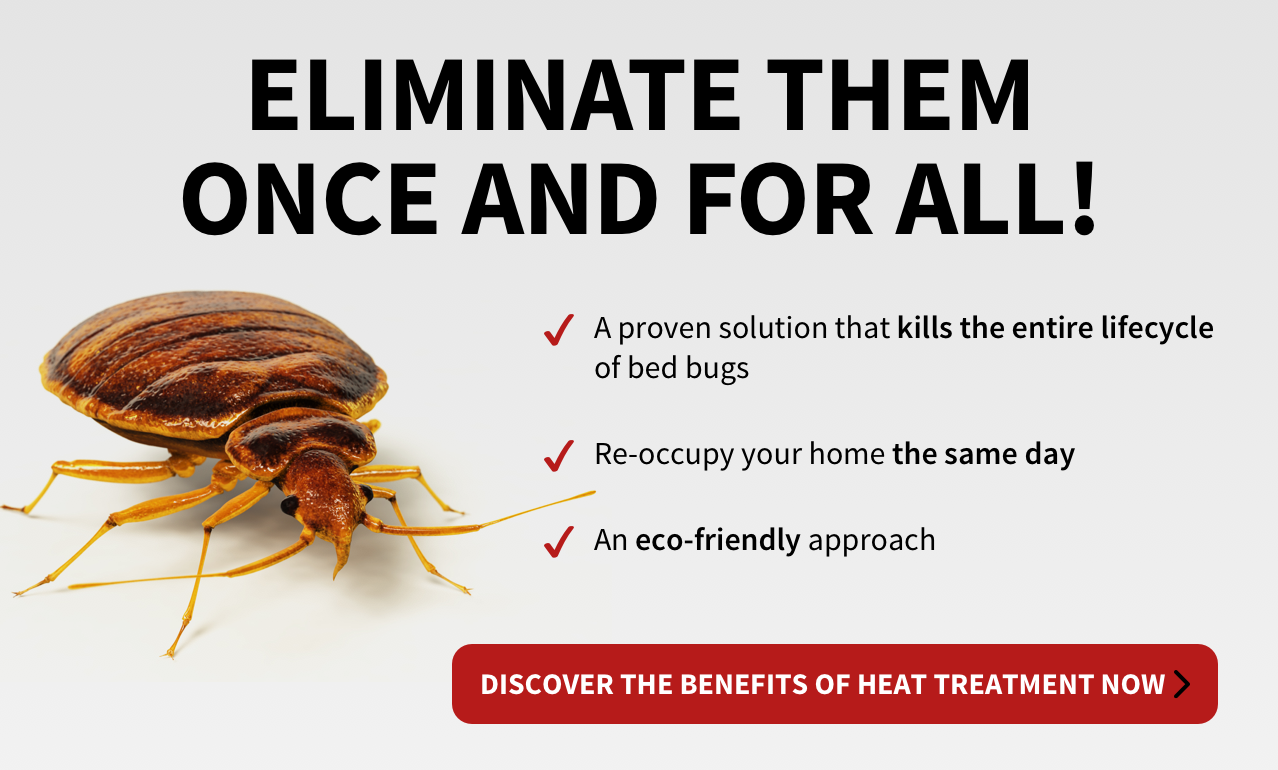Affordable A1 Bed Bug Removal in Houston - Specialist Exterminators
Affordable A1 Bed Bug Removal in Houston - Specialist Exterminators
Blog Article
Recognizing the Lifecycle of Insects for Targeted Control Approaches
Understanding the lifecycle of pests is a basic facet of effective pest management strategies. Through a much deeper understanding of exactly how bugs advance and thrive, customized control methods can be made to resolve specific factors in their lifecycle, ultimately leading to more effective parasite monitoring results.
Importance of Recognizing Parasite Lifecycle
Understanding the lifecycle of insects is important for creating efficient and targeted control approaches in bug administration. By comprehending the various phases a bug goes via from egg to grownup, bug control professionals can determine at risk points in the lifecycle where treatment can be most effective. Recognizing when larvae are most active can help identify the optimal timing for applying larvicides. In addition, understanding the lifespan of an insect species can help in forecasting populace growth patterns and prospective infestation risks.
Furthermore, recognizing the particular environmental problems required for every phase of the parasite's lifecycle can direct decisions on environment modification or exclusion approaches to disrupt the lifecycle and lower insect populations. This understanding makes it possible for pest administration specialists to implement positive steps instead of relying entirely on responsive therapies, leading to more lasting and lasting insect control solutions. Ultimately, a comprehensive understanding of insect lifecycles encourages insect control specialists to customize their strategies successfully, maximizing and lessening ecological effects control outcomes.
Key Phases in Insect Advancement
To efficiently carry out targeted control strategies in insect monitoring, a vital element depends on adequately identifying and recognizing the essential phases in parasite growth. Pest advancement generally consists of several vital phases that are crucial for their lifecycle and monitoring. The initial stage is the egg stage, where insects lay eggs that later hatch out into larvae. Larvae then progress right into pupae, a phase where they go through transformation before emerging as adult insects. Recognizing these phases is essential as it assists in determining at risk points in the lifecycle where control actions can be most efficient.

Susceptabilities in Pest Lifecycle
Throughout the various stages of a parasite's lifecycle, distinctive vulnerabilities emerge that can be tactically targeted for reliable control measures (A1 Bed bug exterminator houston official statement LLC). One important vulnerability lies in the egg phase, where pests are commonly much more at risk to certain pesticides or organic control agents due to their soft outer covering, making them less complicated targets for intervention. Recognizing these vulnerabilities in the parasite lifecycle is essential for creating specific and reliable control strategies that properly take care of insect populaces while decreasing environmental impact.
Carrying Out Targeted Control Actions

Executing targeted control measures generally entails a multi-faceted approach. This might include habitat alteration to make the environment less hospitable to parasites, such as eliminating standing water for mosquito control or securing access factors for rats. Additionally, biological control methods can be used, where all-natural predators or virus are introduced to keep bug populations in check.
Chemical control, such as the cautious application of pesticides, is another usual approach. However, it is essential to make use of these substances judiciously to decrease environmental impact and potential damage to non-target varieties. Integrated Pest Monitoring (IPM) approaches that incorporate various control procedures in a collaborated and lasting way are typically one of the most efficient in achieving long-term parasite management goals. By carrying out targeted control steps based on an extensive understanding of parasite lifecycles, pest populations can be properly controlled while reducing risks to human health and the atmosphere.
Boosted Parasite Monitoring Practices

Moreover, the unification of organic control agents, such as all-natural killers or pathogens of parasites, can assist reduce dependence on chemical pesticides and promote a more balanced ecological community. Applying physical obstacles and traps can additionally become part of boosted pest administration techniques, using non-toxic and targeted options for pest control. Additionally, making use of pheromones and other semiochemicals can disrupt pest mating patterns and interaction, causing decreased insect populaces with time.
Final Thought
Finally, recognizing the lifecycle of insects is important for efficient bug administration approaches. By determining crucial stages in parasite advancement and vulnerabilities in their lifecycle, targeted control procedures can be applied to lessen insect populaces. Improved insect monitoring techniques can help minimize the dependence on broad-spectrum chemicals and promote even more environmentally pleasant and lasting parasite control approaches. This expertise plays an essential function in keeping healthy ecosystems and farming efficiency.
Understanding the lifecycle of insects is important for developing reliable and targeted control methods in pest management. By understanding the numerous stages an insect goes through from egg to adult, insect control professionals can identify prone points in the lifecycle where intervention can be most effective. Eventually, a detailed understanding of parasite lifecycles equips bug control professionals to tailor their site here techniques properly, reducing environmental impacts and maximizing control end results.
By carrying out targeted control measures based on a thorough understanding of pest lifecycles, bug populations can be effectively regulated while decreasing risks to human health and wellness and the atmosphere.
By determining key phases in parasite development and susceptabilities in their lifecycle, targeted control steps can be carried out to lessen pest populations.
Report this page